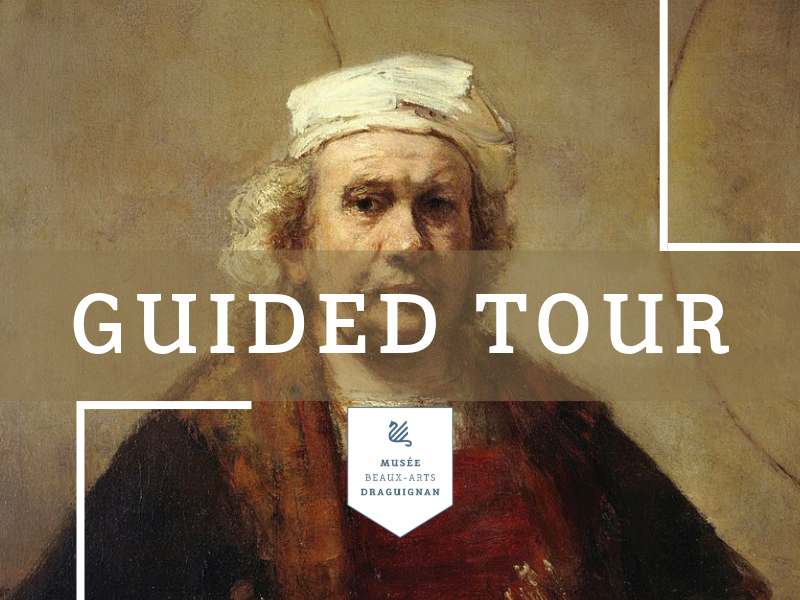Guided tour "The Rembrandt beacon"
Musée des Beaux-ArtsCome and explore "the Rembrandt beacon" with a tour guide
The Rembrandt Beacon
At the beginning of the 18th century, French taste, long focused on Italy, shifted toward the Old Masters of Flanders. While Rubens and Van Dyck already enjoyed European renown, Rembrandt was known outside the Netherlands only for his etchings and a few paintings. As his works were imported and biographical notices multiplied, a contrasting image was constructed: admired for his mastery of chiaroscuro and color, praised for his expressive power, Rembrandt was also criticized for his clumsy drawing and trivial subjects. Descamps, in the middle of the century, thus settled: "a genius full of fire who had no elevation."
This exhibition explores how Rembrandt became a reference figure for artists and art lovers in Paris- the new European capital of the art market in the 18th century- and became a source of inspiration for artists and art lovers alike. These artists, as connoisseurs, enjoyed observing and describing the works, copying or imitating them, enriching their collections, or debating the question of attribution. All remained fascinated by the power and originality of Rembrandt's works, who became a guide—a beacon, as Baudelaire would write—teaching them to appreciate a brushstroke, a certain light, a touch of color, the sense of life in a figure.
In a journey punctuated by 18th-century commentaries, the "Rembrandts" gathered together in this exhibition, all visible in Paris at the time and attributed to the master as well as the paintings by painters who followed in his footsteps, invite you to discover—and make your own—this sensitive perspective on the painting of a giant.
The Rembrandt Beacon
At the beginning of the 18th century, French taste, long focused on Italy, shifted toward the Old Masters of Flanders. While Rubens and Van Dyck already enjoyed European renown, Rembrandt was known outside the Netherlands only for his etchings and a few paintings. As his works were imported and biographical notices multiplied, a contrasting image was constructed: admired for his mastery of chiaroscuro and color, praised for his expressive power, Rembrandt was also criticized for his clumsy drawing and trivial subjects. Descamps, in the middle of the century, thus settled: "a genius full of fire who had no elevation."
This exhibition explores how Rembrandt became a reference figure for artists and art lovers in Paris- the new European capital of the art market in the 18th century- and became a source of inspiration for artists and art lovers alike. These artists, as connoisseurs, enjoyed observing and describing the works, copying or imitating them, enriching their collections, or debating the question of attribution. All remained fascinated by the power and originality of Rembrandt's works, who became a guide—a beacon, as Baudelaire would write—teaching them to appreciate a brushstroke, a certain light, a touch of color, the sense of life in a figure.
In a journey punctuated by 18th-century commentaries, the "Rembrandts" gathered together in this exhibition, all visible in Paris at the time and attributed to the master as well as the paintings by painters who followed in his footsteps, invite you to discover—and make your own—this sensitive perspective on the painting of a giant.
Photos
Photos
Informations
- Lieux :
- Musée des Beaux-Arts



